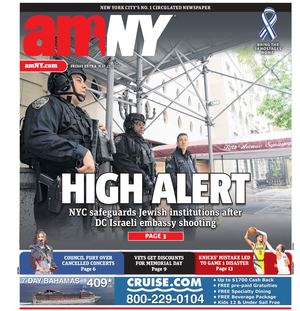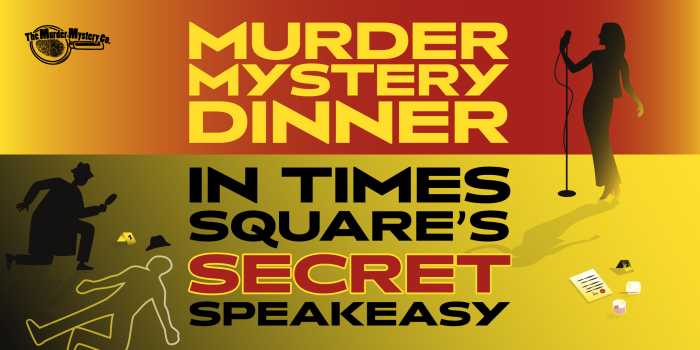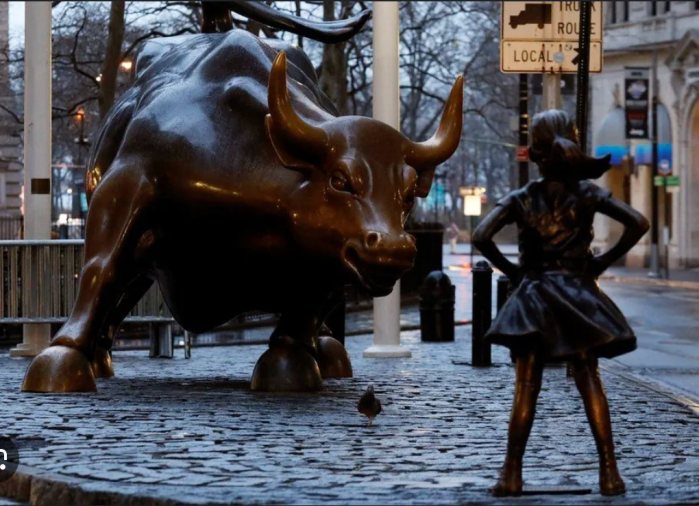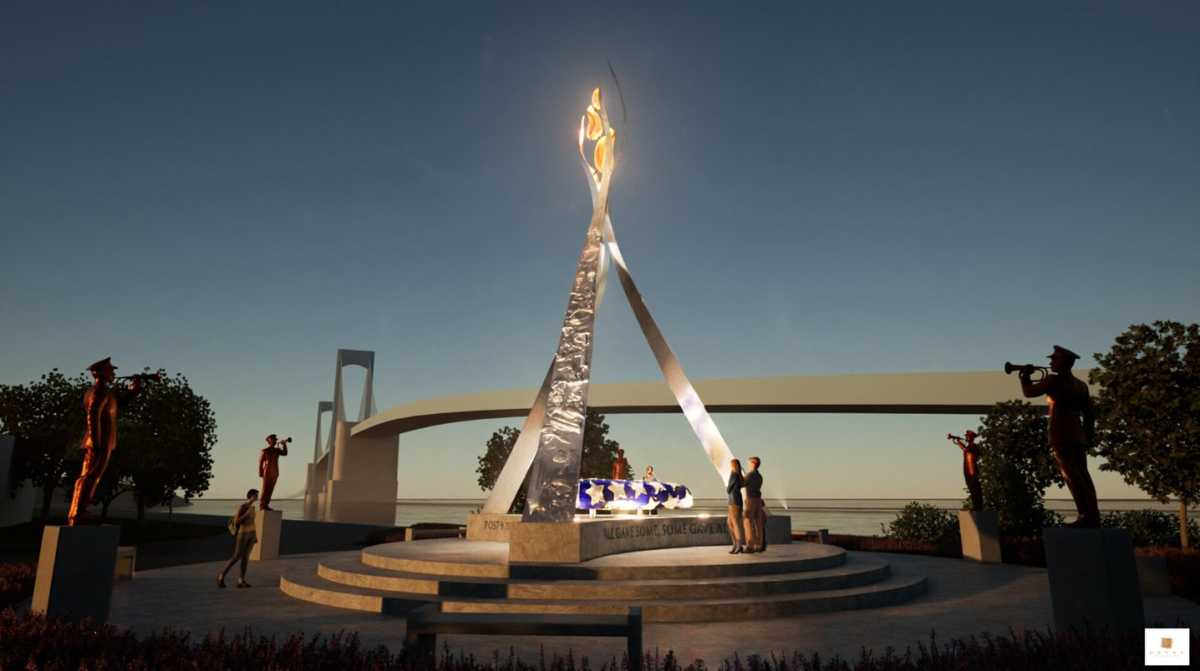By Josh Rogers
A year after architect Daniel Libeskind first told the world about a 1,776-foot building reminiscent of the Statue of Liberty that he wanted to see built at the World Trade Center site, he watched David Childs explain how Childs kept those two ideas and designed a new office building slated to rise at Fulton and West Sts. by next September.
Childs, a partner at Skidmore Owings & Merrill and the chosen architect of W.T.C. leaseholder Larry Silverstein, said his Freedom Tower building stays true to the Libeskind site plan and will do two things to the wind. At the top of the building, wind turbines inside an open lattice structure will harness the wind and generate a “substantial” amount of the building’s energy, Childs said at last week’s announcement, Dec. 19. Lower down, the glass, parallelogram-shaped building will deflect the site’s notorious winds and protect visitors to the W.T.C. memorial, which has not yet been selected.
When a reporter from another publication told Childs that the top of the new building looked to him like the proposed Towers of Culture — rectangular-shaped lattice buildings that were under consideration before Libeskind’s plan was selected in February, Childs did not disagree, but he did point out that lattice has been used many times, most notably in the Eiffel Tower.
The top of the occupied portion of the building will be about 60 stories and 1100 feet tall and like One W.T.C., it will have Windows on the World restaurant at the top. Childs said in addition to the restaurant views out the side windows, diners will be able to look up through a slanted glass ceiling – another element of Libeskind’s original plan – and see the wind turbines and the glass spire designed to suggest Lady Liberty’s torch. The elevators going past the turbines and up to the observation deck will pause at 1362 and 1368 feet, the heights of the original two towers, said Childs. Light shows marking special days and commemorating each Sept. 11 would emanate from the spire.
Childs said he designed the 2.6 million-square-foot office building keeping in mind aesthetics, safety and economic viability.
“The building is so tall,” Childs said explaining the shape, “ that like a tree it wants to be tapered…. This building must be successful. If it is not, we will have a delay in the economic development Downtown.”
He and Silverstein said it will be one of the safest buildings on the world with a whole host of fire and other safety features.
Libeskind said he expects to play a watchful role in the design of the other four commercial buildings proposed for the site. “When the politicians are long gone, I’ll still be on Rector St.” he said referring to his office near the site.
Silverstein said with the insistence of Gov. George Pataki, who named the building last April, he is pushing to finish the Freedom Tower in 2006. He said he plans to finish all five commercial buildings by the end of 2013.
“The money for the Freedom Tower is in the bank,” he said. He is also in a lawsuit with his insurance companies arguing that he is entitled to $7 billion, or about twice the value of the W.T.C. since the buildings he was leasing were attacked twice on Sept. 11, 2001. If he loses, he is expected to apply for tax-free Liberty Bonds to rebuild the rest of the W.T.C. offices.
Pataki, who forced Libeskind and Childs to agree on a design by Dec. 15, said it still retains many of the original elements. “It will have that Libeskind spire and it will soar 1,776 feet,” he said.
Others also had a favorable reaction to the building that was unveiled at Federal Hall last week. It was a much more positive response than the last W.T.C. ceremony at Federal Hall in July 2002 when six site plans were unveiled and later scrapped after a strong negative reaction.
Last week, Madelyn Wils, chairperson of Community Board 1, said some residents still had fears of tall buildings to overcome, but the new design fit in well with the new street grid and would be a good neighborhood addition.
Michael Kuo, whose father was killed in the W.T.C. and who is the project manager of Imagine New York, the W.T.C. planning organization set up by the Municipal Art Society, said he liked the Freedom Tower design, although he does have concerns that the buildings could turn into a “smorgasbord of architecture,” and deviate too much from the Libeskind site plan.
“I think the building is beautiful, but is it part of the overall program,” he said.
Reader Services


































